Sky-Watcher Quattro 300P telescope captures the M51 Whirlpool galaxy
Friday, May 17, 2024
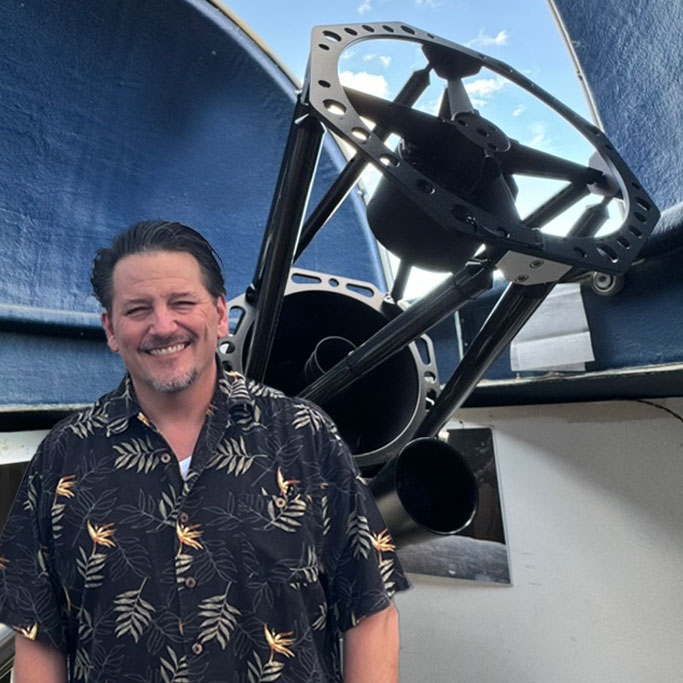
|
Richard Harris |
Trevor Jones shares his journey setting up a Sky-Watcher Quattro 300p reflector telescope. He details the challenges of its size and weight, the use of various equipment like a coma corrector, and what it took to capture the M51 Whirlpool galaxy.
Imaging Newtonians are absolute rock stars when it comes to capturing galaxies, particularly stunning specimens like M51, the Whirlpool Galaxy. Let me break down why these telescopes are such a hit in the galaxy-capturing world and sprinkle in some humor to keep things entertaining. Plus, I'll share why I still cherish using my large refractors and my trusty 12" AGO telescope for some serious galaxy photography.
First off, let’s talk about the fast focal ratios of Imaging Newtonians. These telescopes are like the Usain Bolt of the astronomy world, sprinting through exposures with incredible speed. A fast focal ratio means they gather light quickly, which is perfect for capturing those faint, wispy details in distant galaxies. It’s like having a turbocharged camera lens that excels at low-light photography. When you're trying to snap a picture of something millions of light-years away, every photon counts, and Imaging Newtonians make sure you get plenty of them.
Now, the wide field of view is another huge plus. Imaging Newtonians are like the wide-angle lens of the telescope world. They give you a generous portion of the sky in each shot, making it easier to frame those sprawling galaxies without having to stitch together multiple images. Imagine trying to capture the grandeur of M51 in all its glory—you want to get the whole cosmic dance floor, not just a corner of it. Newtonians make this a breeze.
But let’s not forget the practical side of things. Newtonians tend to be more affordable than their high-end refractor cousins, which is always a win. It’s like getting a sports car at a sedan price. You get high performance without having to sell a kidney. This makes them particularly appealing for amateur astronomers who want to get serious about astrophotography without breaking the bank.
Now, let’s talk about the elephant in the room: collimation. Yes, Newtonians require regular collimation, which is basically aligning the mirrors to ensure optimal performance. But think of it as a fun little ritual, like tuning a musical instrument before a performance. It keeps you engaged and connected with your telescope, making every perfect shot that much more satisfying.Despite all the perks of Imaging Newtonians, I’m still a huge fan of using my large refractors and my trusty 12" AGO RC telescope for galaxy photography. Refractors, with their pristine optics, provide razor-sharp images with minimal maintenance. It’s like having a high-definition TV for the night sky. My TEC 180 FL and Takahashi TOA-130-NFB are my go-to instruments when I want crystal-clear detail and pinpoint stars.
Using a Reflector Telescope for Galaxy Photography
Setting up and shooting with the Sky-Watcher Quattro 300P telescope 12" imaging Newtonian with Trevor Jones
Trevor Jones from AstroBackyard recently shared his experience setting up a large Quattro 300p reflector telescope from Sky-Watcher, for galaxy photography. Despite its massive size and weight, requiring three counterweights for mounting, he was excited about its ideal focal length of 1200mm at F4 for galaxy imaging. Trevor also used a coma corrector reducer to bring the focal length down to 900mm at F3 (whoa!), But when combined with his camera, it got him in that sweet spot of an image scale at 1.05. The camera he was using is the ASI294 MC Pro one-shot-color camera (I have this camera as well).
He popped on a filter to reduce light pollution, and before getting started, he used a laser collimator for collimation, again - a must for any Newtonian that travels.
After Trevor went to a storage unit to nab the giant Newtonian for setting up, eh-hum, and then going back for the (forgotten) mirror - he went into the setup of what he describes as a "monster" of a telescope that is heavy and massive, requiring three counterweights on the EQ8 telescope mount in order to balance it. The EQ8 can carry 110 lbs but with longer light paths of Newtonians, coupled with heavy camera equipment at the nose, balancing can be tricky.
It took a while for him to nail down the balance of the scope, but after a good amount of back and forth and some velcro to attach the ZWO ASIAir, he went on to shoot the astrophoto of the M51 Whirlpool galaxy you see here.
He dedicated the entire night to capturing M51 images using the setup described earlier. Over the course of the night, he took 100 individual shots, each with a 2-minute exposure. This meticulous effort resulted in a total exposure time of about 3.3 hours.
The longer exposure, plus having the scope at F3 combined with a 12" mirror, allowed him to gather an impressive amount of light, capturing the fine details and faint structures of the galaxy.
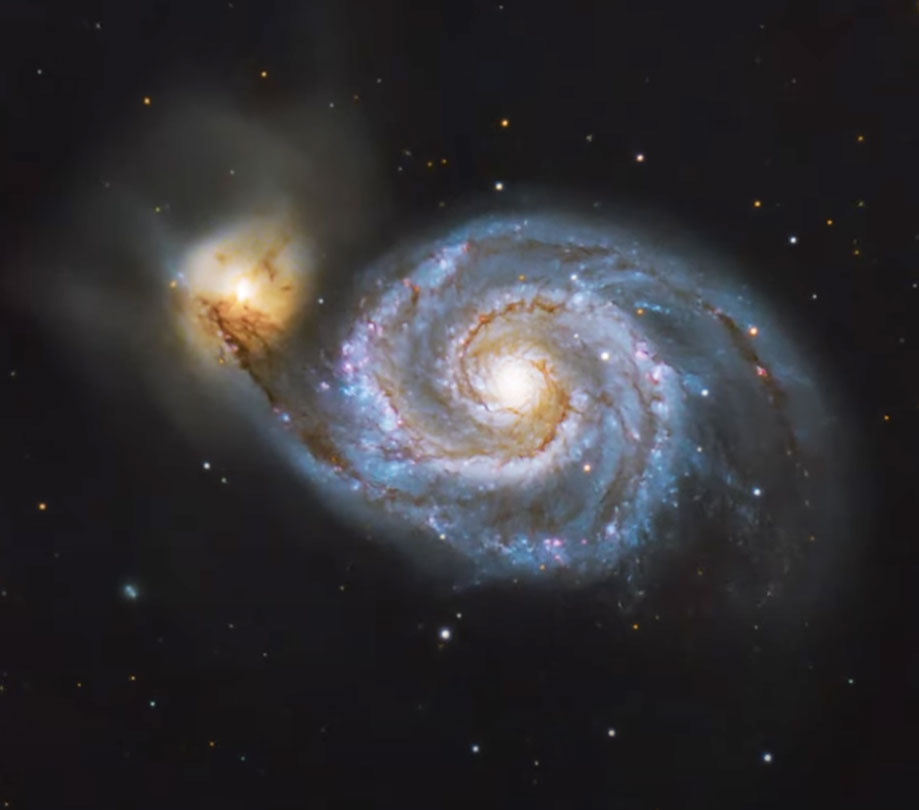
"M51 Whirlpool Galaxy" by Trevor Jones, 2024, sourced from https://astrobackyard.com.
About Trevor Jones
Trevor Jones has been photographing the night sky for nearly a decade and now works full-time on AstroBackyard, creating content daily. An avid runner, nature photographer, and outdoor enthusiast, he enjoys camping trips under the stars with his wife, Ashley, and their dog, Rudolph. Most of his deep-sky imaging is done from his light-polluted backyard, requiring filters to block artificial light. Despite the challenges and frustrations of astrophotography, Trevor finds the results incredibly rewarding. His backyard, where he began his journey, remains his primary stargazing spot, offering a personal connection to the universe.
ScopeTrader's latest survey
Featured Stories
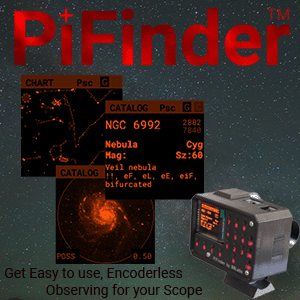
Stay Updated
Sign up for our newsletter for the headlines delivered to youSuccessFull SignUp

|
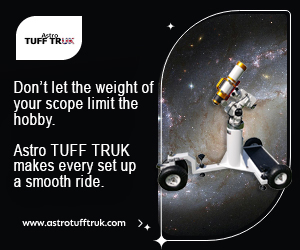


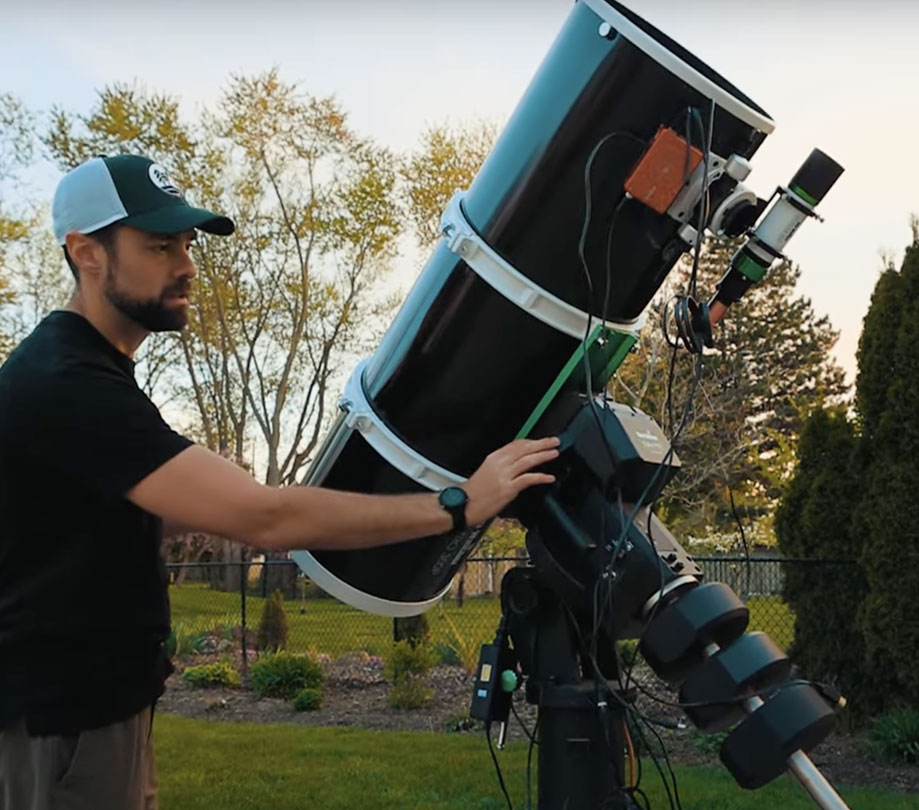

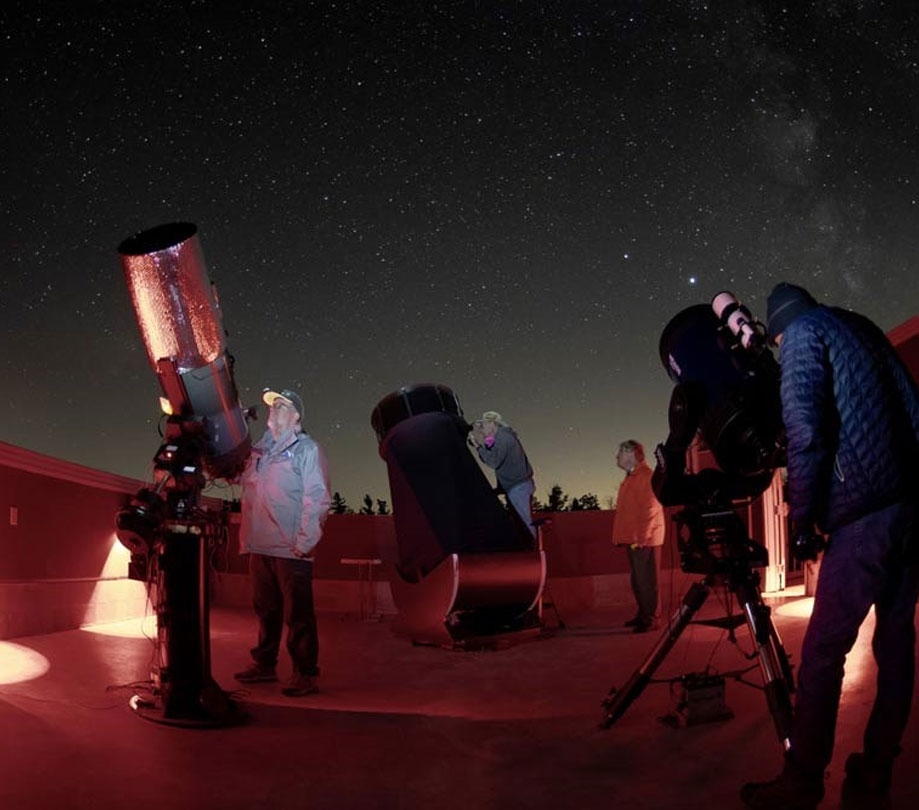
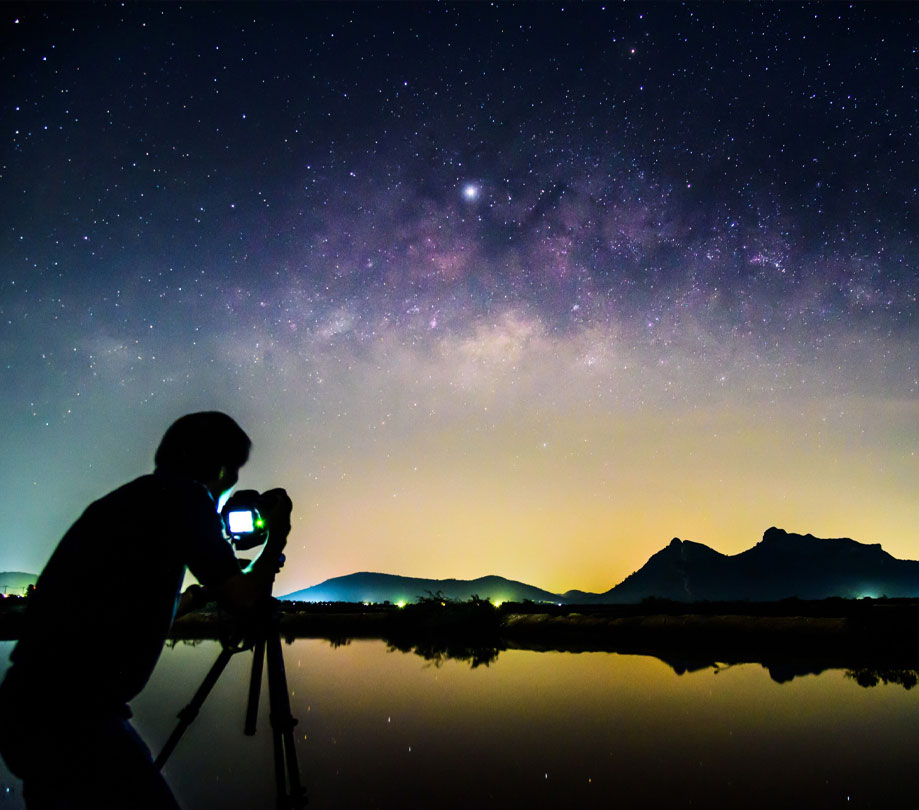
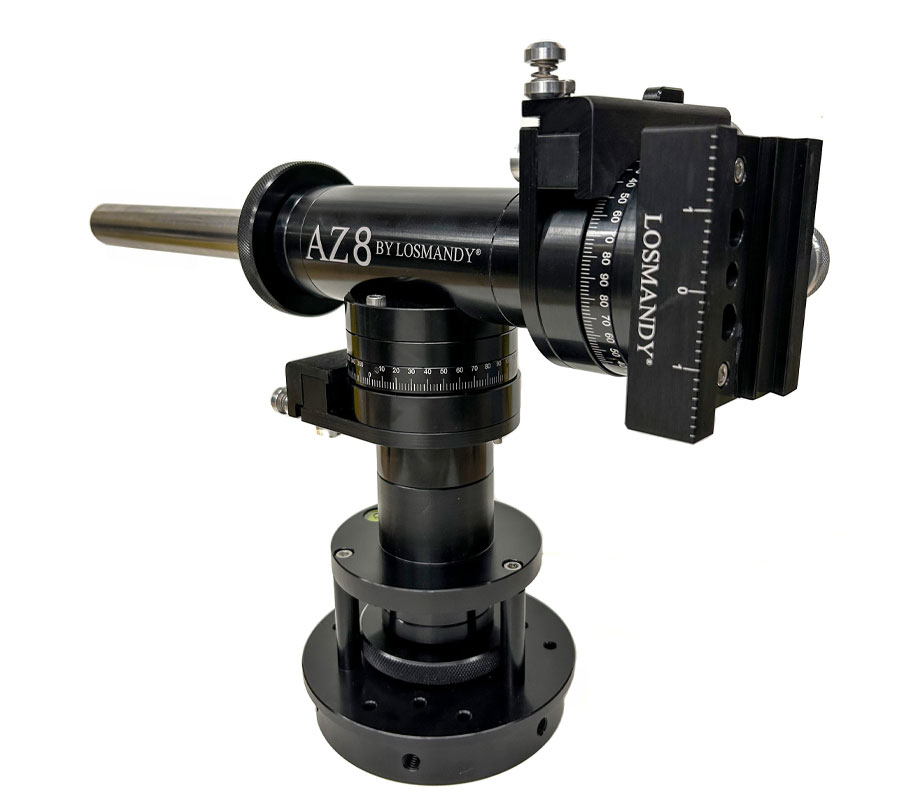
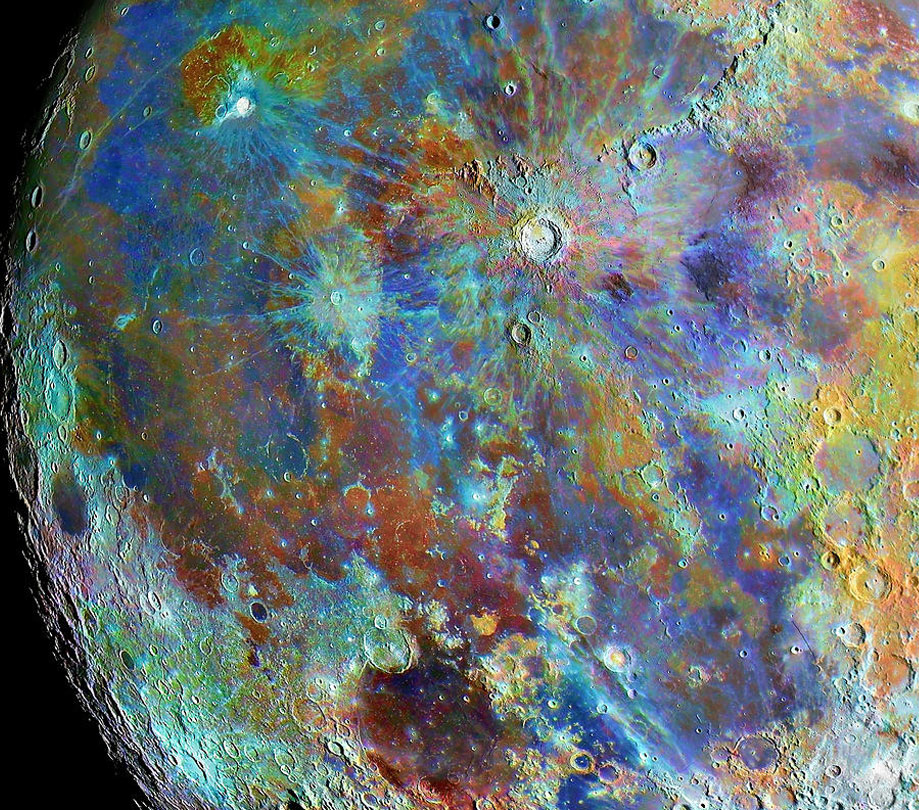
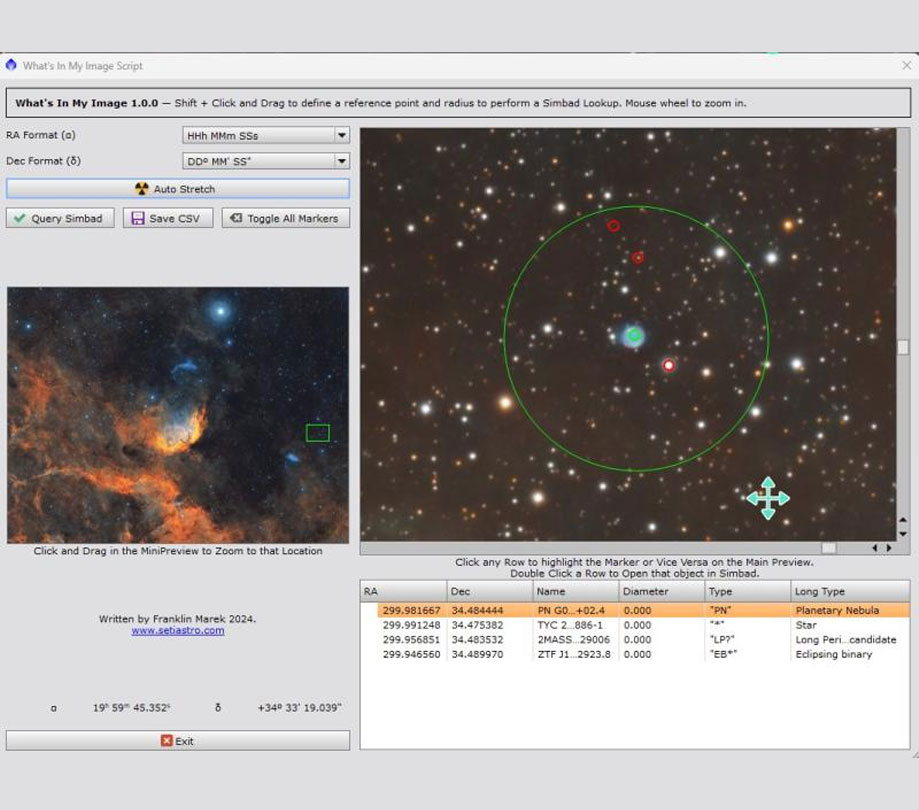
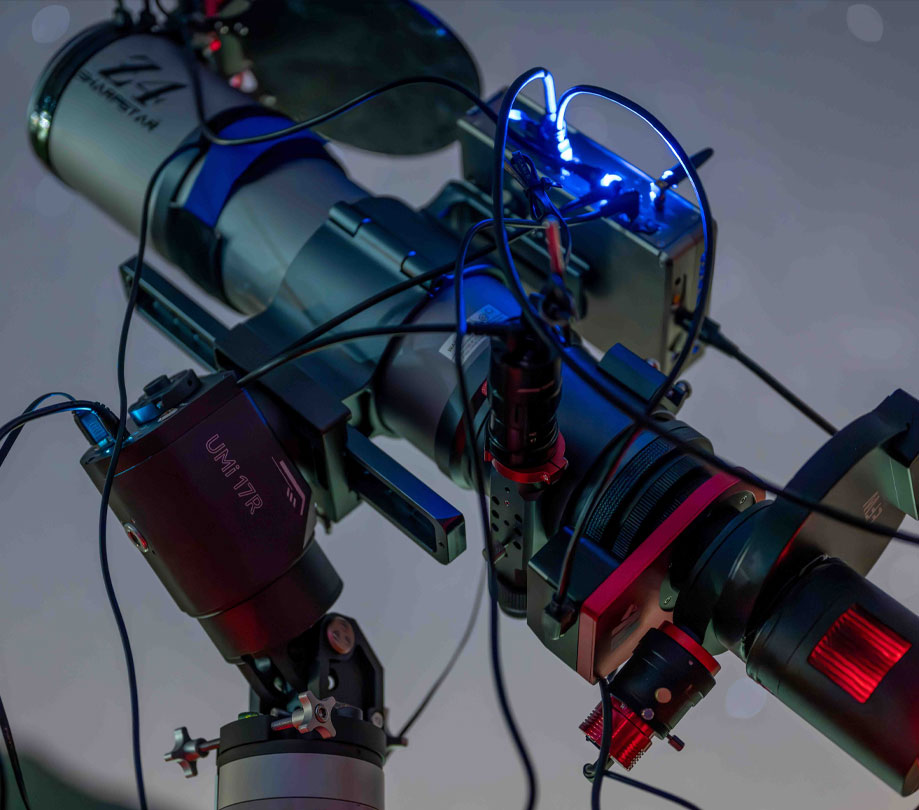
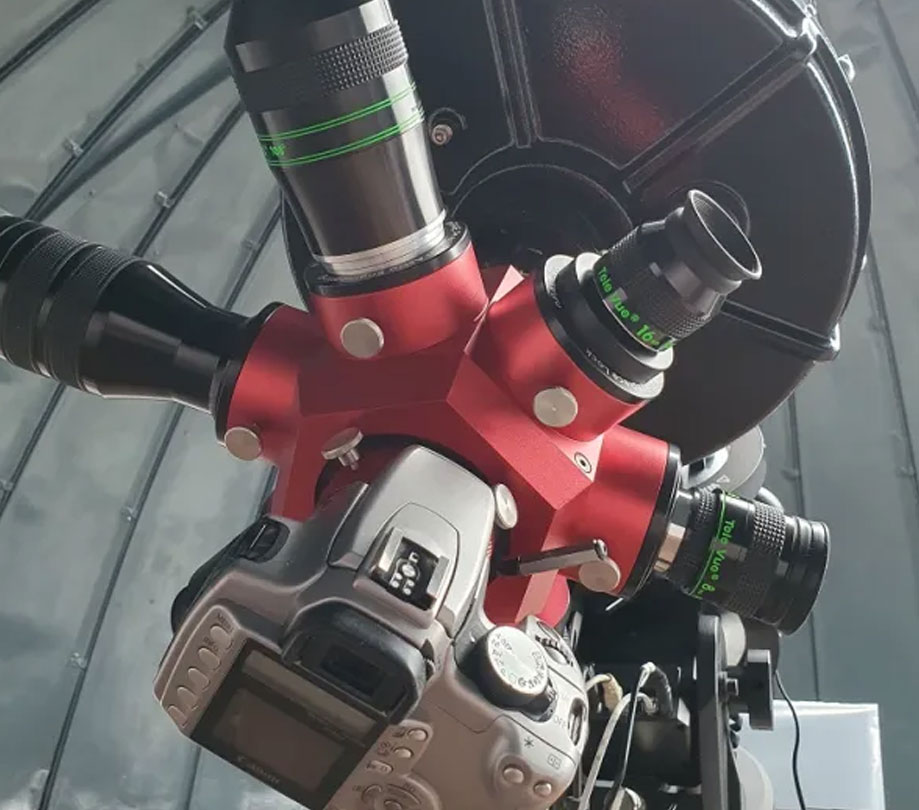
Comments